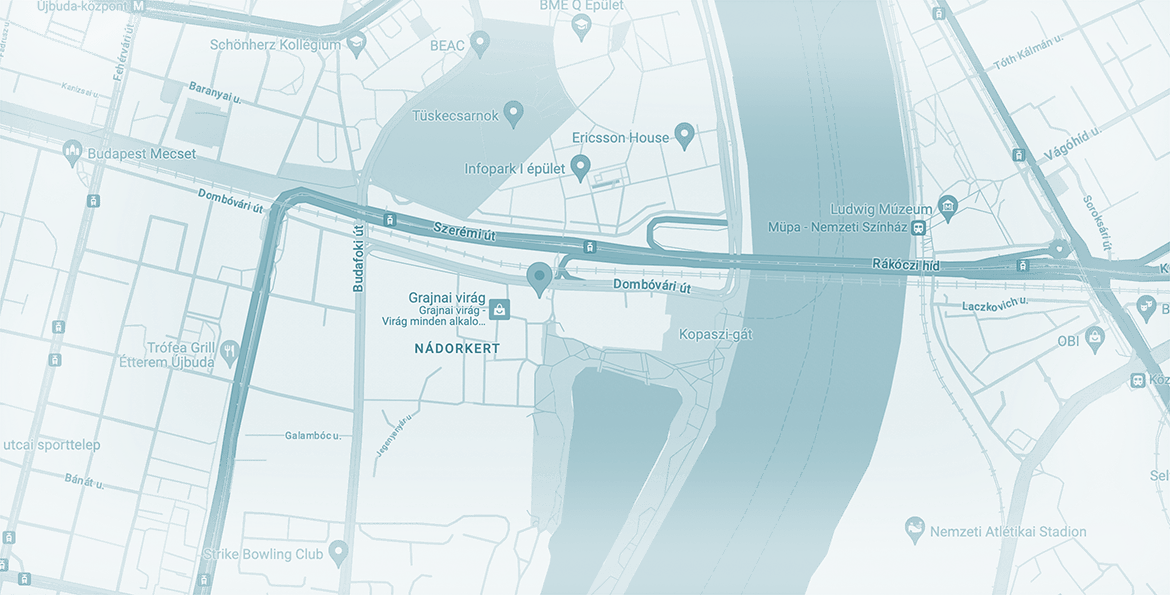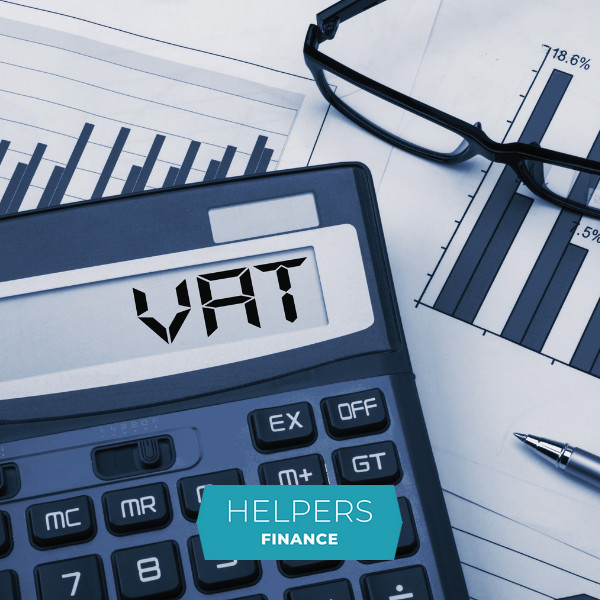
Changes to flat-rate taxation in 2023
The new year always brings updates to tax regulations. Changes to flat-rate taxation were introduced too, partly in line with the increase to the minimum wage, partly as independent measures to make this tax regime more favorable. Get an overview below.
The new year always brings updates to tax regulations. Changes to flat-rate taxation were introduced too, partly in line with the increase to the minimum wage, partly as independent measures to make this tax regime more favorable. Get an overview below.
Last updated on 31 May 2023.
About flat-rate taxation
Flat-rate taxation (“átalányadózás”) is a tax regime for freelancers where instead of precisely calculating your income, you can simply say that a certain per cent of your revenue should be considered your expenses. It is currently the most popular tax regime for freelancers after KATA became unavailable to most of those self-employed last year. Learn more about it here.
The new year brought some changes to flat-rate taxation too.
1. Quarterly reporting and tax payment
Up till the end of 2022, flat-rate taxpayers were supposed to report their income and pay their contributions monthly. This was most inconvenient to full-time freelancers who were supposed to pay minimum contributions even in months when they had no income.
Starting from 2023, contributions must be reported and paid only quarterly instead of monthly. This is supposed to even out the terrain for full-time freelancers who do not have income every month. This way they are not stuck paying minimum contributions in months without income and then paying regular contributions after larger assignments, but can divide their income equally between 3 months and pay contributions accordingly.
Minimum contributions still apply.
In line with this, reporting deadlines for 2023 are 12 April, July, October, and January 2024. You will need to look for form 2358 in ÁNYK or ONYA (the offline or online reporting apps), which is almost the same as the 2258. Click here to learn about the revamped form 2358.
The 15% personal income tax also must be paid quarterly, same as before, by the above deadlines.
2. Yearly revenue limit increased
As of 1 January 2023, the minimum wage and the guaranteed minimum salary were increased by ca. 15%. This means changes to flat-rate taxation as well, since various limits are tied to these. First of these is the yearly revenue limit under flat-rate taxation, which is 10 times the yearly minimum wage in regular cases (HUF 27.84 million), and 50 times the yearly minimum wage for retailers (HUF 139.2 million).
3. Minimum contributions increased
The monthly minimum contributions are tied to the minimum wage and the guaranteed minimum salary, so now they have increased too.
| Monthly minimum contribution 2023 | Minimum wage (no qualification) | Guaranteed minimum salary (at least high school diploma) |
| gross | HUF 232,000 | HUF 296,400 |
| Social security contribution (18.5%) | HUF 42,920 | HUF 54,834 |
| Social contribution tax (13%)* | HUF 33,930 | HUF 43,348.50 |
| Total | HUF 76,850 | HUF 98,182.50 |
*For the social contribution tax, the calculation base is at least the 112,5% of the minimum wage or the guaranteed minimum salary for the minimum contribution. If the tax base is higher than that, the simple 13% calculation applies.
The sum of the monthly minimum contribution continues to depend on your activity. If your activities require at least a high-school diploma, then you must pay a monthly minimum contribution based on the guaranteed minimum salary.
4. Tax exempt limit increased
For flat-rate taxpayers, every year the income that equals half of the yearly minimum wage is free of income tax. In 2022 this was HUF 1.2 million, or HUF 2 million in revenue for those using the 40% expense rate, which is the majority of flat-rate taxpayers.
In 2023, with the increase of the minimum wage, the tax exempt limit also increased. It is now HUF 1.392 million in income for everyone, which means HUF 2.32 million in revenue for those using the 40% expense rate.
5. Tier system for the local business tax
Starting from this year, freelancers can choose to pay the local business tax (also called HIPA in Hungarian) in a tier system instead of based on their actual revenues. However, this is worth considering if your yearly revenue is somewhat bigger, above HUF 2.5 million. Click here to learn more.
6. Return to flat-rate taxation sooner
Until now, if you had been a flat-rate taxpayer before but then moved to another tax regime, you were allowed to choose flat-rate taxation again only after 4 years. The only exception was last September, when KATA taxpayers who could not file taxes anymore under KATA were allowed to choose flat-rate taxation instead.
Now the 4-year return time has been reduced to just 12 months.
Accounting with Helpers Finance
The changes to flat-rate taxation are in part due to the increase of the minimum wage, and in part to efforts to make this tax regime more favorable to freelancers with lower and more hectic incomes.
The Helpers Finance team specializes in working with foreigners moving to Hungary to start a business here. Our main focus is on providing accountancy to small and medium-sized businesses, but we also offer other related services such as company setup, and our clients include freelancers too.
Can we help you? Get in touch with us today.
Was this article useful? Share it with your friends, or follow us on Facebook to never miss an update.
Contact
Get in touch today
Monday - Friday
9am - 5pm CET
Helpers Finance Kft.
Budapart Gate
Dombóvári út 27
Budapest 1117, Hungary
If you’re visiting us, please use entrance A and come to the 2nd floor.



